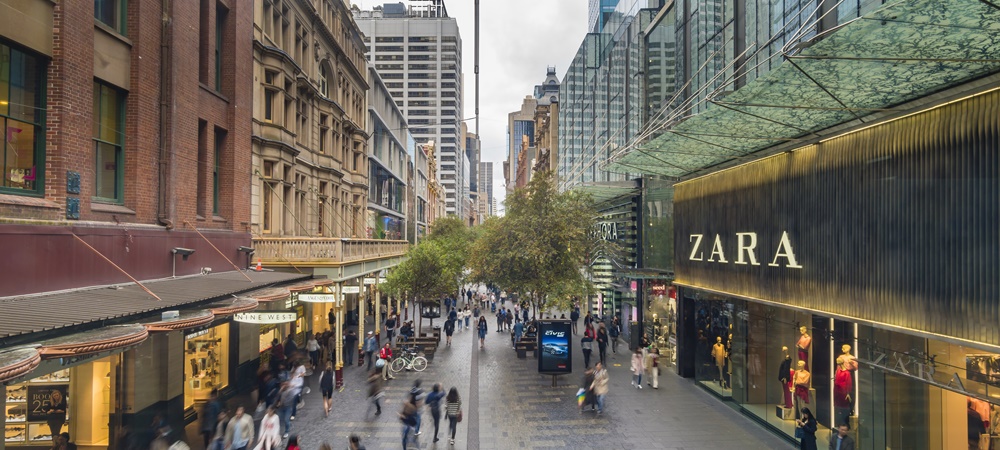Amid all the challenges facing Australian retailers today, one of the most pressing is also one of the most mundane—the daily cost of running a business.
Issues like escalating energy prices and an increasing rise in retail rents are putting pressure on retailers and making it difficult to remain competitive, particularly as international players enter the market.
“The greatest challenges the Australian retail industry will face over the next 12 months are rising operational costs,” the executive director of the Australian Retailers Association (ARA) Russell Zimmerman told RetailBiz.
“Further, changes to the industrial relations workplace laws, including overtime entitlements to casual employees and the new casual conversion model, will pose further challenges for retailers already struggling in a fluctuating trading environment.”
Gary Mortimer, retail expert and associate professor at the Queensland University of Technology business school, agreed, telling RetailzBiz that the cycle of discounting prevalent in the Australian retail landscape makes conditions even tougher.
“Boxing Day sales have moved from a one-week event to periods lasting over five weeks,” Mortimer said. “When stores are discounting at 30, 40 and 50 per cent off during the year, it becomes necessary to turn over vast amounts of inventory just to attain last year’s sales. Ultimately, shoppers never buy at full price…
“While many retailers keep discounting, the overall cost [of doing business] continue to increase, eroding margins and bottom lines. Electricity, utilities, rates, insurance, inventory and staffing costs continue to go up, while prices fall. The challenge will be sustainability and how retailers balance these costs.”
‘Loyalty is dead’
Another challenge Mortimer sees is the erosion of loyalty among consumers. Instead of relying on a loyalty scheme to gain and retain customers—which he said leads to “points fatigue”—bricks-and-mortar retailers need to up their in-store game.
“Retailers will need to consider how they create not just positive in-store experiences for their customers, but relevant experiences. In order to do so, retailers will need to understand specifically who their customers are and what they seek.”
Collect (and understand) customer data
An important way for retailers to understand who is shopping with them is to collect (and analyse) customer data. Zimmerman said data presents a big opportunity for retailers in 2018—as long as they understand and use this in a meaningful way.
For those who manage it, data can give retailers a holistic view of their customers. “The cost of point-of-sale (POS) transactions is falling, giving retailers the opportunity to gather insightful data at the POS,” said Zimmerman.
“Those retailers who use this data to recognise a customer when they walk into a store, or sign-in online, will have promising results as they will be able to cross sell/market/promote their brand and offer personalised loyalty programs to customers easily.”
Competition is an opportunity
While many have placed Amazon firmly in the ‘challenge’ category for retailers in 2018, the CEO of the National Retail Association (NRA) Dominique Lamb told RetailBiz she sees it as an opportunity.
Although Harvey Norman and JB Hi-Fi—two retailers thought to be most at risk from Amazon—recorded strong Christmas sales, Lamb said she expects Amazon’s performance to pick up in 2018 as it adjusts to the Australian landscape.
According to Lamb, retailers should embrace this increased competition.
“Competition in the marketplace is a huge driver of innovation and efficiency gains. The entrance of Amazon to the Australian market will result in retailers being forced to explore better and more efficient ways of doing business.
“Amazon’s arrival is a by-product of technological innovation and Australian retailers should see it more as an opportunity to look at new ways of doing things, rather than as a threat to their long-term survival.”
Think global
As for Mortimer, he said there are two big opportunities for Australian retailers this year, which both involve thinking outside the local market—China and retail tourism.
He predicted more retailers will look to selling agents and ‘daigous’ like AUMake to get their products into the hands of Chinese consumers and gain entry into this massive market.
Retail tourism, which is a great way for retailers to band together to attract shoppers, will also gain traction.
“Just as food tourism has gained increasing attention over the past decade, there will be a great opportunity for retailers to collaborate and form a ‘retail trail’,” said Mortimer. “Apps will allow shoppers to tailor their retail experience as they wander streets and laneways, seeking bespoke jewellery, luxury fashion, bookshops or technology.”

